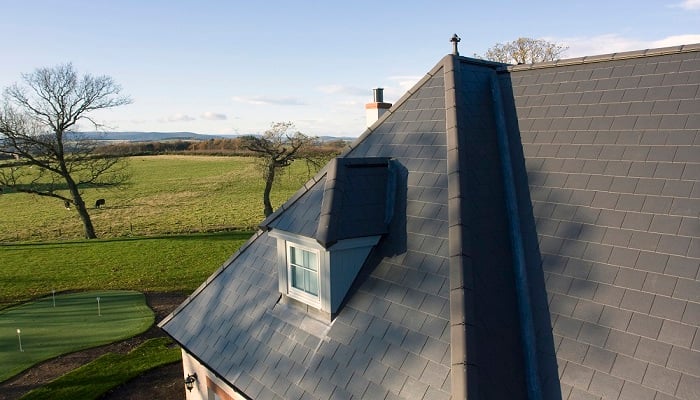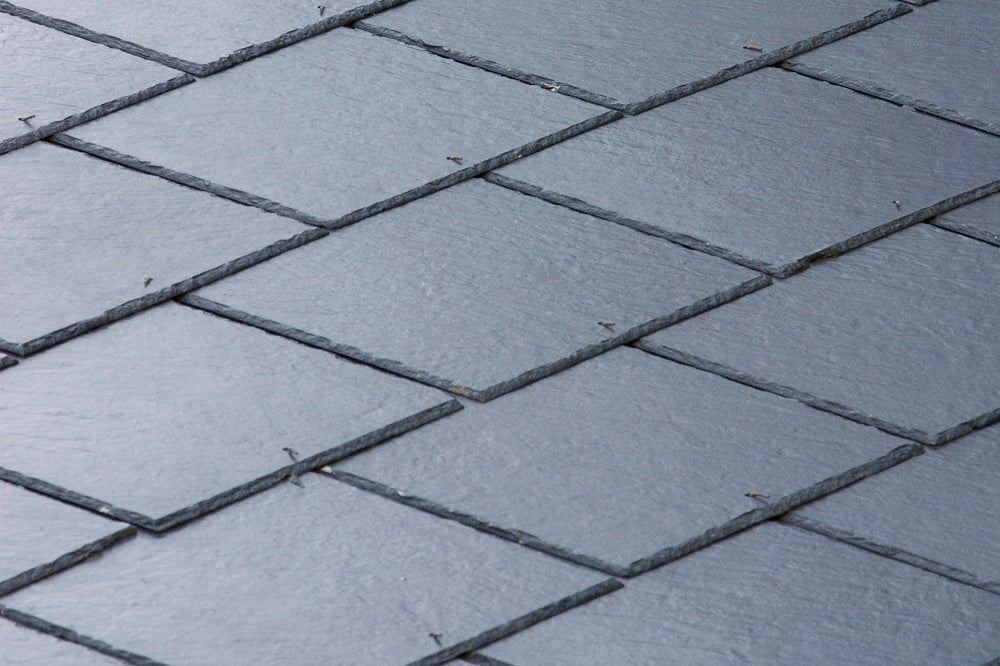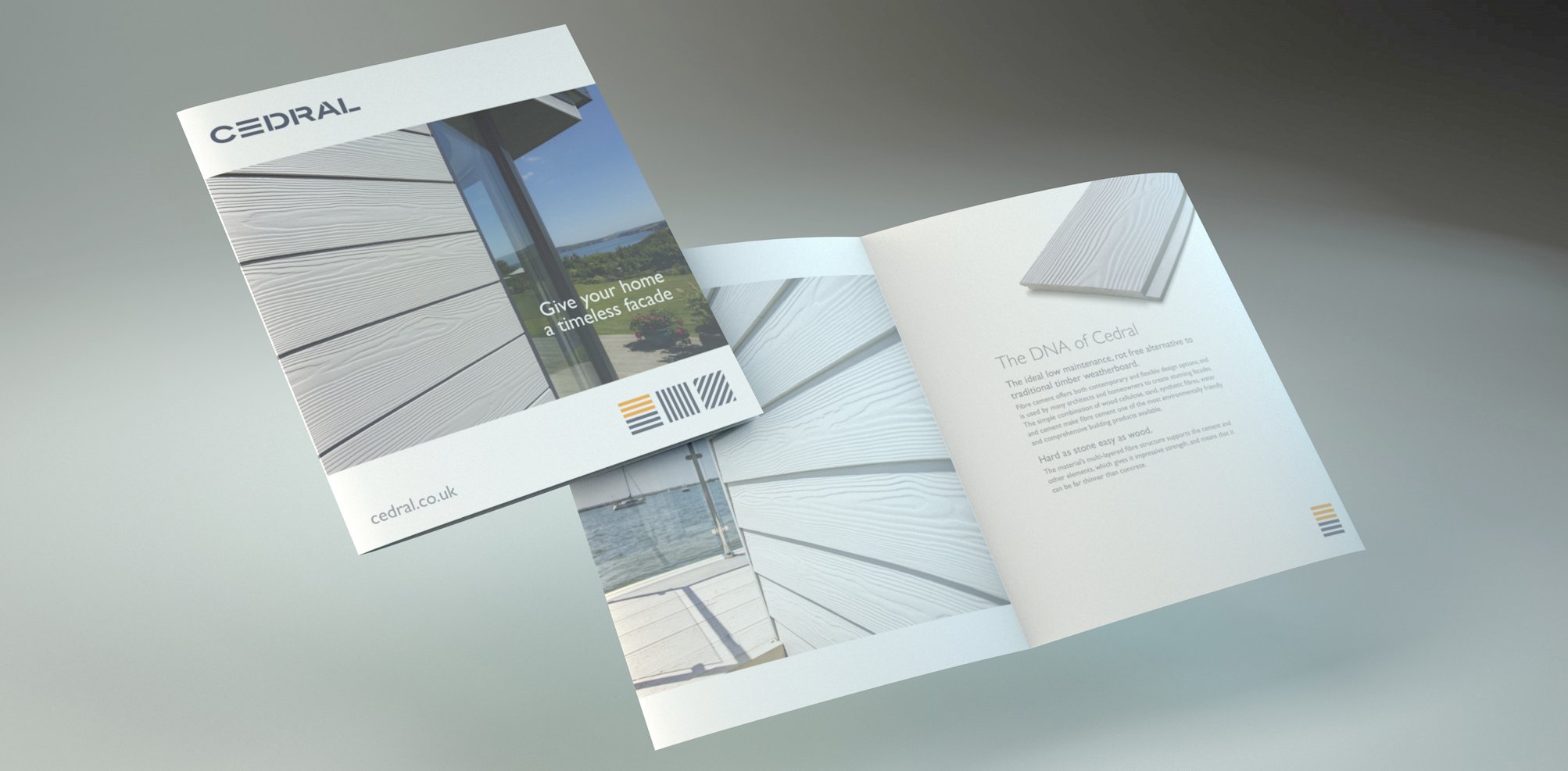What you need to know about changes to BS 5250 - the code of practice for control of condensation in buildings

These days buildings are under increased pressure from moisture for two key reasons.
Climate change: Heavier rain, more frequent, deeper and longer lasting flooding and slower drying rates due to higher air humidity have an adverse effect on buildings.
Energy conservation measures to combat climate change: These measures include reduced building ventilation that increases humidity inside, and increased levels of thermal insulation that make the outside of the building colder.

The Code of basic data for the design of buildings: the control of condensation in buildings – BS 5250 - set the regulatory standard for the industry in 1975 and has been revised several times since, with the most recent revision and update in 2016 including a broadened scope to cover condensation in all buildings.
The publication of the BSI White Paper Moisture in buildings: an integrated approach to risk assessment and guidance in 2017 also stimulated new ways of diagnosing moisture problems, alongside solutions to tackle them.

Now BS 5250 has been extensively restructured, with most of the material organised into four main sections:
Design and Guidance: how to avoid moisture related problems
Design Principles – building services: covers heating and occupied space ventilation, with updated references
Design Principles – fabric details: provides detailed guidance on the design of floors, walls and roofs and the junctions between them. The updated BS 5250 takes into account moisture from the ground as well as condensation and offers extended coverage of walls and design guidance on avoiding moisture in 22 wall types. It also covers roofs in more detail and explains the moisture risks in various types of roofs.
Condensation Risk: discusses the methods used to calculate the risks of interstitial condensation

In addition, a series of annexes provides background information including:
A more detailed discussion of the issues raised in the White Paper; presenting an overview of the building as a whole, it takes the interactions between fabric, services and occupants into consideration, in the context of the building’s location, occupancy type, past history and potential future changes
Tables of the material properties needed to calculate interstitial condensation
A list of potential moisture sources in buildings, which can interact to compound any problems
The revised code of practice for control of condensation in buildings is an important document at a time when our buildings are under more stress from moisture problems. It shows the particular importance of taking a holistic view of moisture-related issues, as moisture safe design can’t be separated from general design issues and regulations when it comes to planning, building and renovating.
Read more
Find out more about British Standards for Roofing – read our guide
Warm v Cold roof insulation – what you need to know
Is it time for a new roof? The warning signs to look out for
